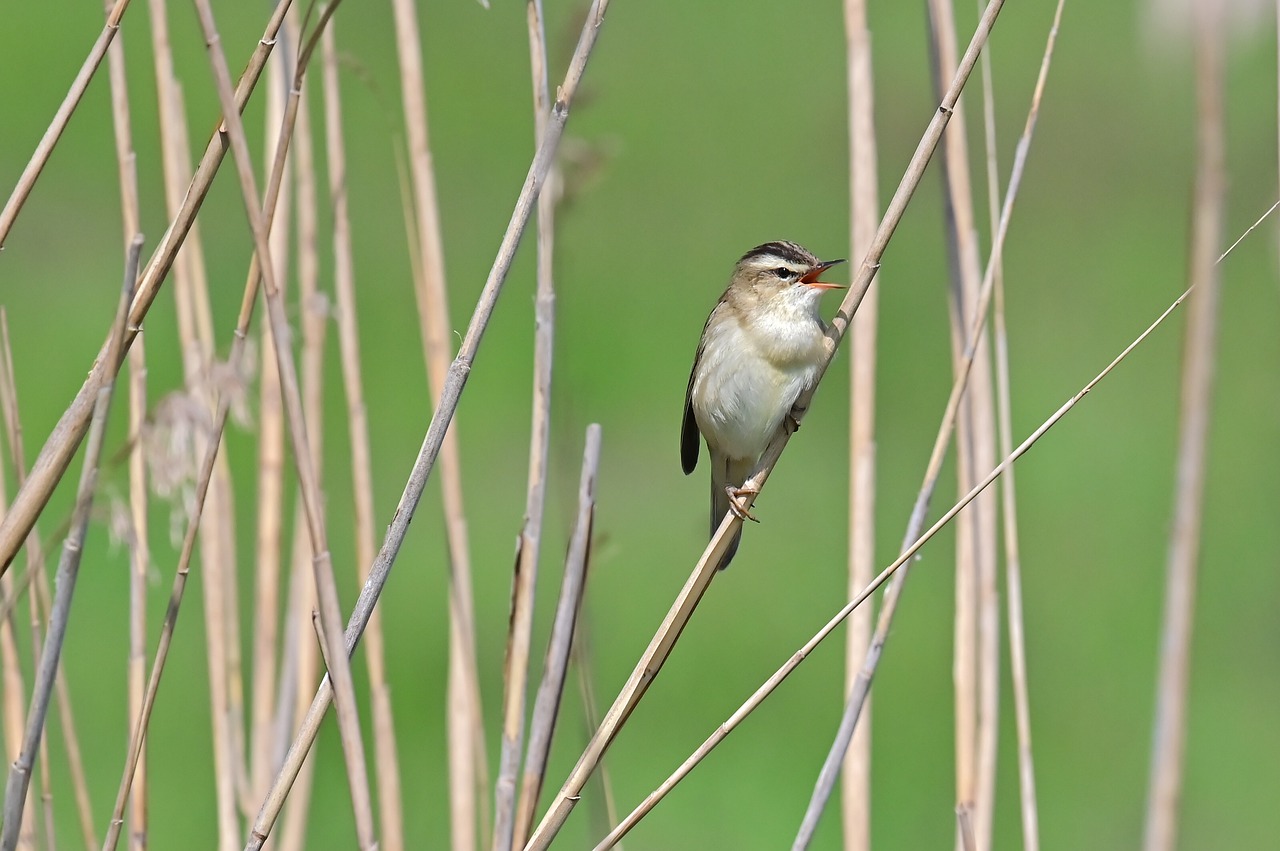Snabbkontroller av två sävsångare Acrocephalus schoenobaenus mellan Finland och Estland
DOI:
https://doi.org/10.34080/os.v10.22879Nyckelord:
ringmärkning, ringmärkningsåterfynd, migration, flyttning, klimateffekter, fettupplagring, ämnesomsättningAbstract
We examined two cases of first-year Sedge Warblers Acrocephalus schoenobaenus which were ringed in Finland and recovered in Estonia on the following day. Environmental/meteorological conditions during the nights of the migratory flights are discussed, together with the possible ground speed of birds. The birds lost 1.0 and 1.2 g, respectively, probably entirely from their fat reserves. On the basis of the estimated ground speed of the birds, energy expenditure for migratory flight is discussed. One estimate, 10.9 times BMR, is very close to generally accepted values (10–12 times BMR). The other, 20.6 times BMR, may be an overestimate, but we speculate that it reflects in increased cost of flight in a cold front.
Nedladdningar

Downloads
Publicerad
Referera så här
Nummer
Sektion
Licens
Författaren/författarna innehar copyright för varje enskilt bidrag, men samtliga bidrag är publicerade under en Creative Commons-licens, så att vem som helst kan dela och återanvända bidraget förutsatt att copyright-innehavaren erkänns.







